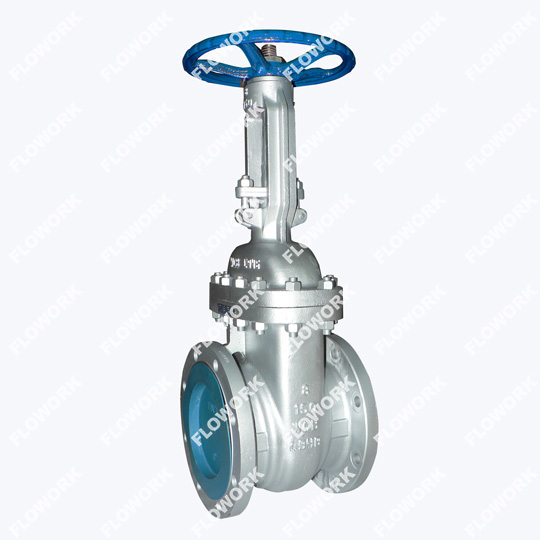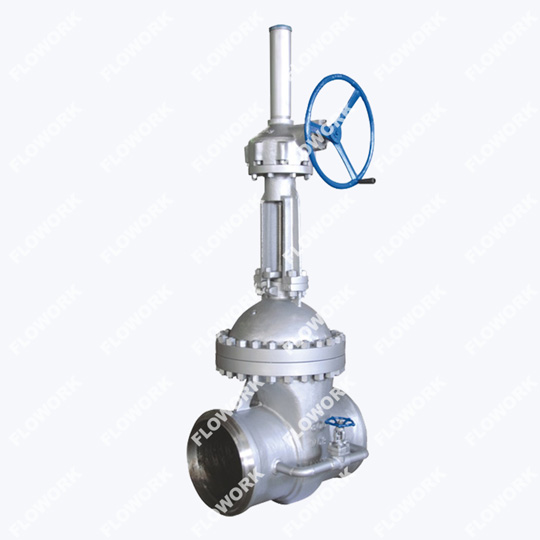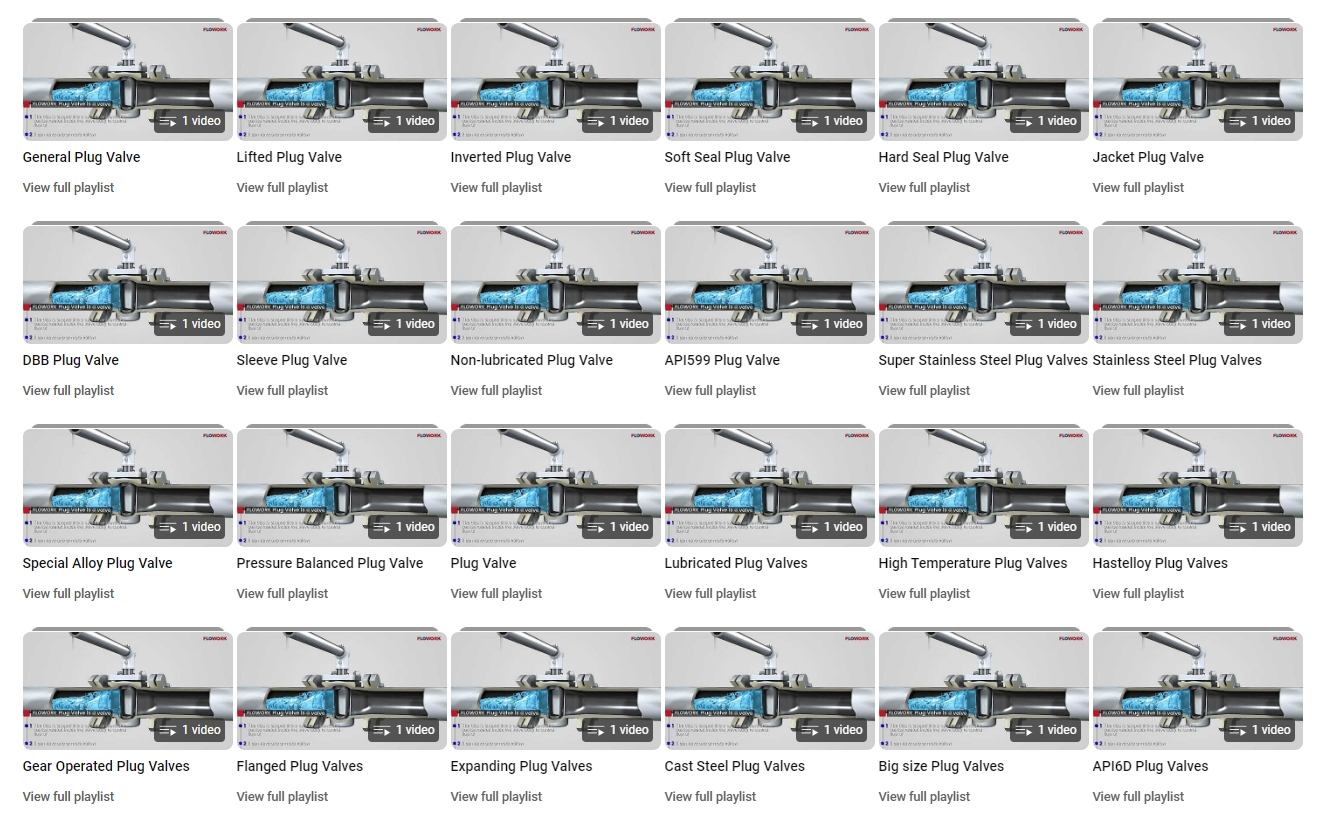What are the different types of gate valve stems?
Different types of gate valve stems. I would like to talk to you about different types of gate valve stems, and analyze their structural characteristics, performance and application scenarios. By comparing the advantages and disadvantages of various valve stems, it provides valuable reference information for experts in related fields. I will write in professional language and a rigorous style to ensure appeal to my audience, forged steel swing check valve.
1. What is a gate valve stem?
The gate valve stem is one of the key components of the gate valve, and its type and design have a significant impact on the performance and service life of the gate valve. Understanding the different types of gate valve stems and their characteristics can help you choose the best gate valve for a specific application.

2. Basic functions and requirements of gate valve stem
The main function of the gate valve stem is to transmit the operating torque to open and close the gate. To fulfill this function, the valve stem needs to have sufficient strength, stiffness and corrosion resistance. In addition, the cooperation between the valve stem, gate plate, packing and other components also needs to consider the sealing performance and friction performance, full opening check valve.
3. Different types of gate valve stems and their characteristics
Rising stem gate valve stem: The rising stem gate valve stem is the most common type, and its characteristic is that the valve stem is visible throughout the opening and closing process. This design makes it easier to observe the opening and closing status of the gate, but it may also cause the filler to wear faster. The stem of the rising stem gate valve is usually suitable for less corrosive media and working environments at normal temperature and pressure.
Concealed stem gate valve stem: The stem of the concealed stem gate valve is wrapped by packing and invisible during the opening and closing process. This design helps protect the valve stem from corrosion and damage, but can also make packing replacement difficult. The concealed stem gate valve stem is suitable for highly corrosive media and high temperature and high pressure working environments.
Lift gate valve stem: Lift gate valve stem is connected to the gate plate through a nut. During the opening and closing process, the gate plate rises and falls along the valve stem. This design has the advantages of simple structure and small opening and closing torque, but it may also lead to poor sealing performance between the gate plate and the valve seat. The lift gate valve stem is suitable for occasions where sealing performance is not required.
Rotary gate valve stem: The rotary gate valve stem drives the gate to open and close through rotation. This design can achieve smaller opening and closing torque and higher sealing performance, but the structure is relatively complex. The rotary gate valve stem is suitable for occasions that require high sealing performance and require frequent operations, wafer type double check valve.

4. Comparison of the advantages and disadvantages of different types of gate valve stems and analysis of application scenarios
In order to more intuitively understand the advantages and disadvantages of various types of gate valve stems, we will conduct a detailed comparative analysis. Although the stem of the rising stem gate valve is easy to observe the opening and closing status, the packing wears out quickly; the stem of the concealed stem gate valve can protect the stem from corrosion and damage, but the packing is difficult to replace. The lift gate valve stem has a simple structure, small opening and closing torque, but poor sealing performance; the rotary gate valve stem can achieve higher sealing performance and smaller opening and closing torque, but has a complex structure. Therefore, when selecting a suitable gate valve, various factors need to be considered based on the actual application scenario.
5. Material and surface treatment of gate valve stem
The material selection and surface treatment of the gate valve stem have a significant impact on its performance and service life. Common valve stem materials include stainless steel, carbon steel and alloy steel. Stainless steel valve stems have excellent corrosion resistance and aesthetics, and are suitable for a variety of media and working environments; carbon steel valve stems have high strength and stiffness, and are suitable for high-pressure and high-temperature situations; alloy steel valve stems combine a variety of Advantages of the material, with higher strength and corrosion resistance, ball valve supplier.
In terms of surface treatment, common treatment methods include galvanizing, plastic spraying, chrome plating, etc. Galvanizing treatment can improve the corrosion resistance and aesthetics of the valve stem, and is suitable for outdoor and humid environments; plastic spraying treatment can provide a better protective layer and is suitable for highly corrosive media; chromium plating treatment can improve the durability of the valve stem. Wear resistance and lubricity, reduce operating torque.
6. Development trends and innovative technologies of gate valve stems
With the continuous advancement of technology, the development trend of gate valve stems is also constantly changing. On the one hand, the application of new materials and manufacturing processes has brought more possibilities for improving the performance of gate valve stems. For example, the use of high-strength lightweight materials can reduce the weight and operating torque of the valve stem and improve the response speed of the valve; the application of advanced coating technology can improve the corrosion resistance and wear resistance of the valve stem and extend the service life of the valve.
On the other hand, the application of intelligent technology has also brought new opportunities to the development of gate valve stems. For example, by introducing sensors and control systems, remote monitoring and automatic control of valves can be achieved, improving production efficiency and safety; by optimizing the structural design and control system of valves, energy consumption and leakage can be reduced, and the environmental performance of valves can be improved.
Through in-depth analysis and comparative analysis of different types of gate valve stems, as well as discussions on material selection, surface treatment and development trends, I can provide valuable reference information for experts in related fields. With the advancement of science and technology and the development of industry, the challenges faced by gate valve stems are also constantly changing. I need to continue to pay attention to and study cutting-edge developments in related fields to meet changing market needs and contribute to industrial development.








